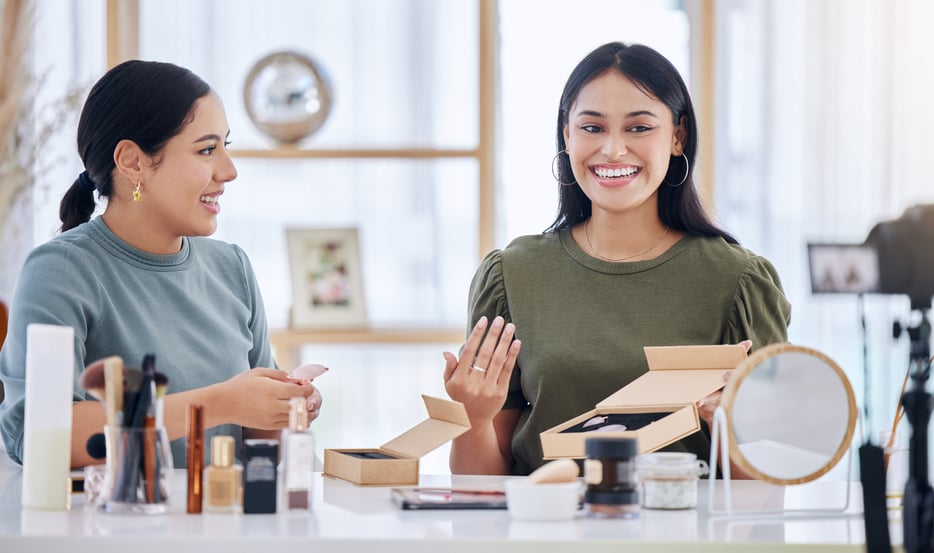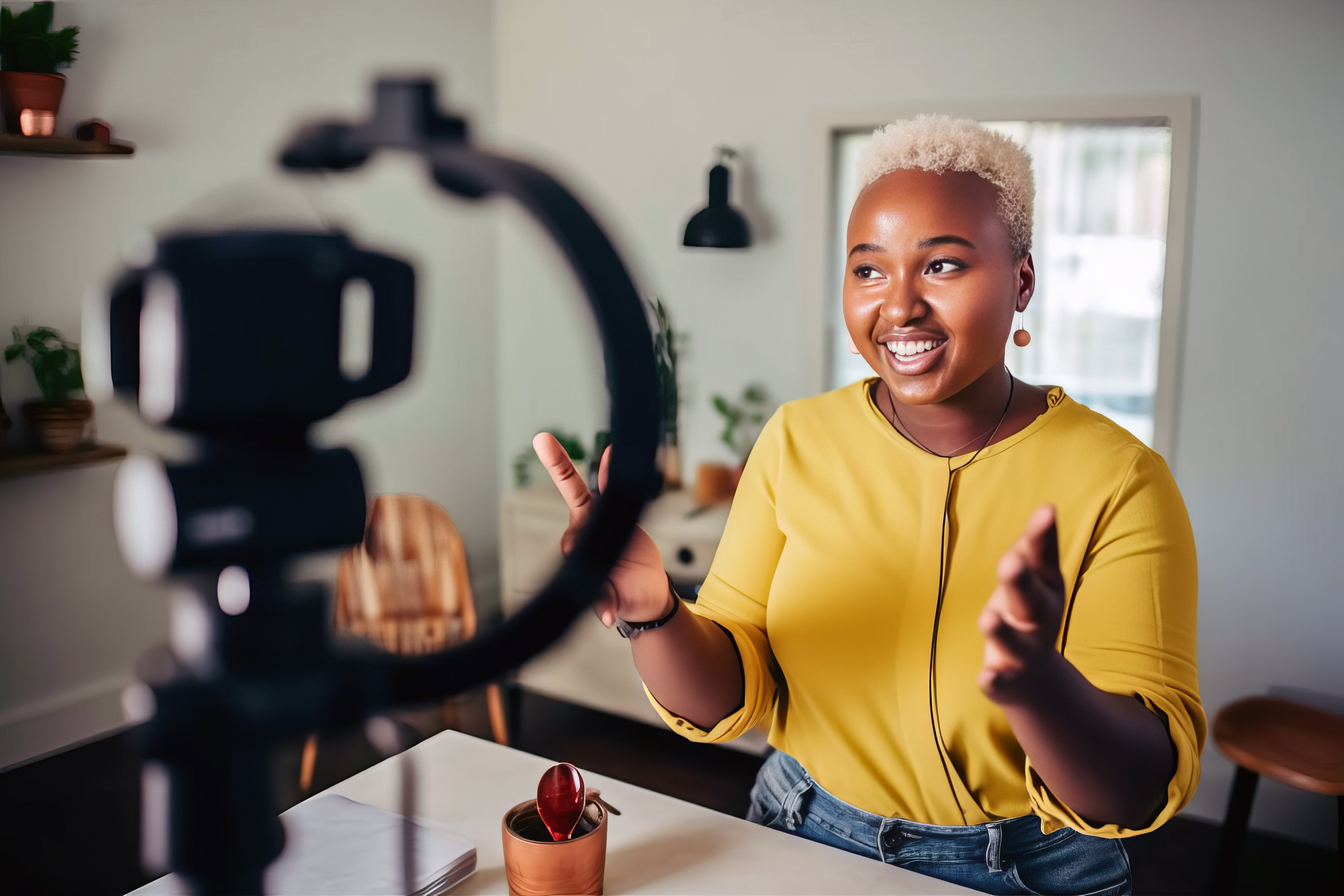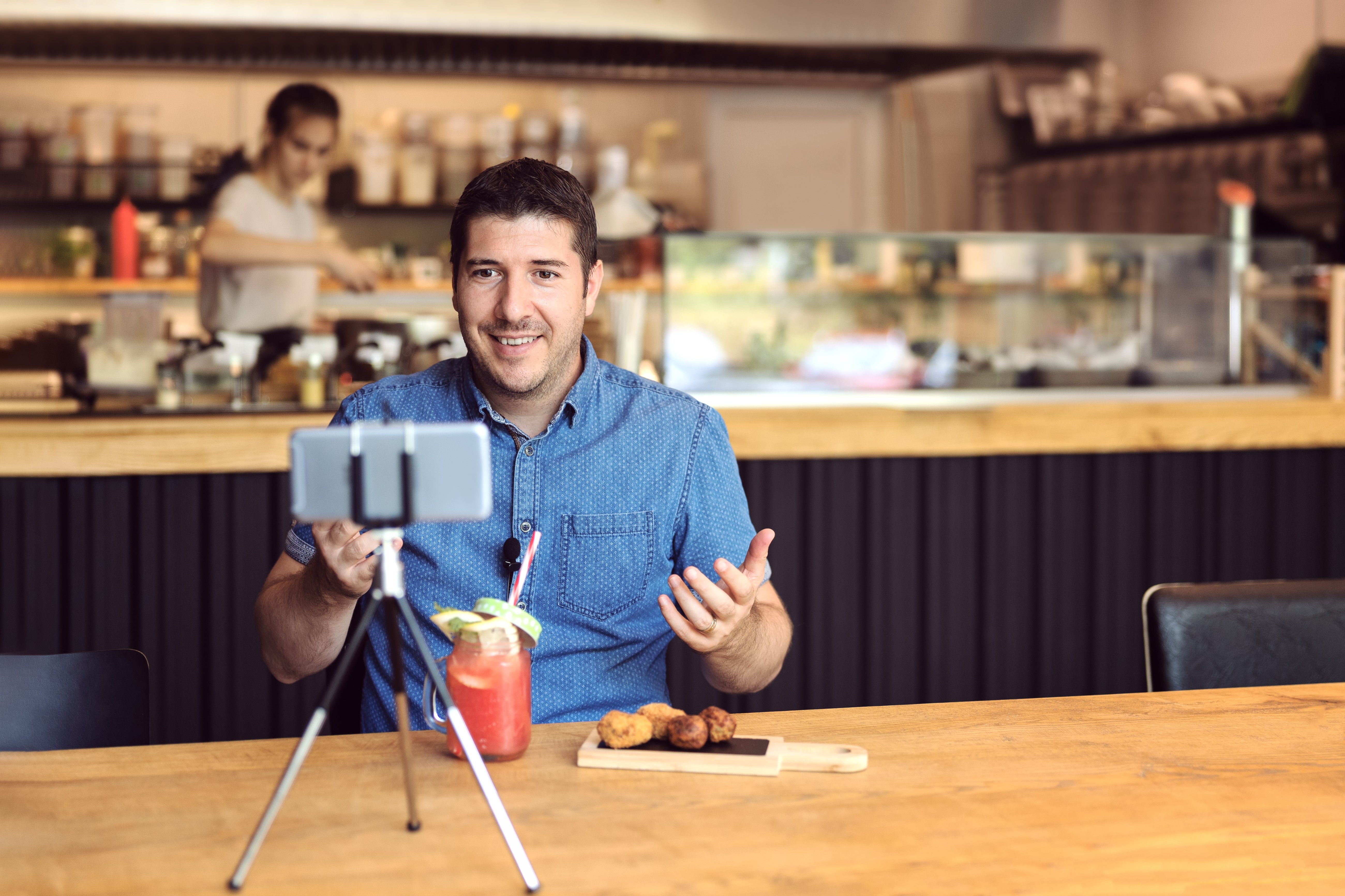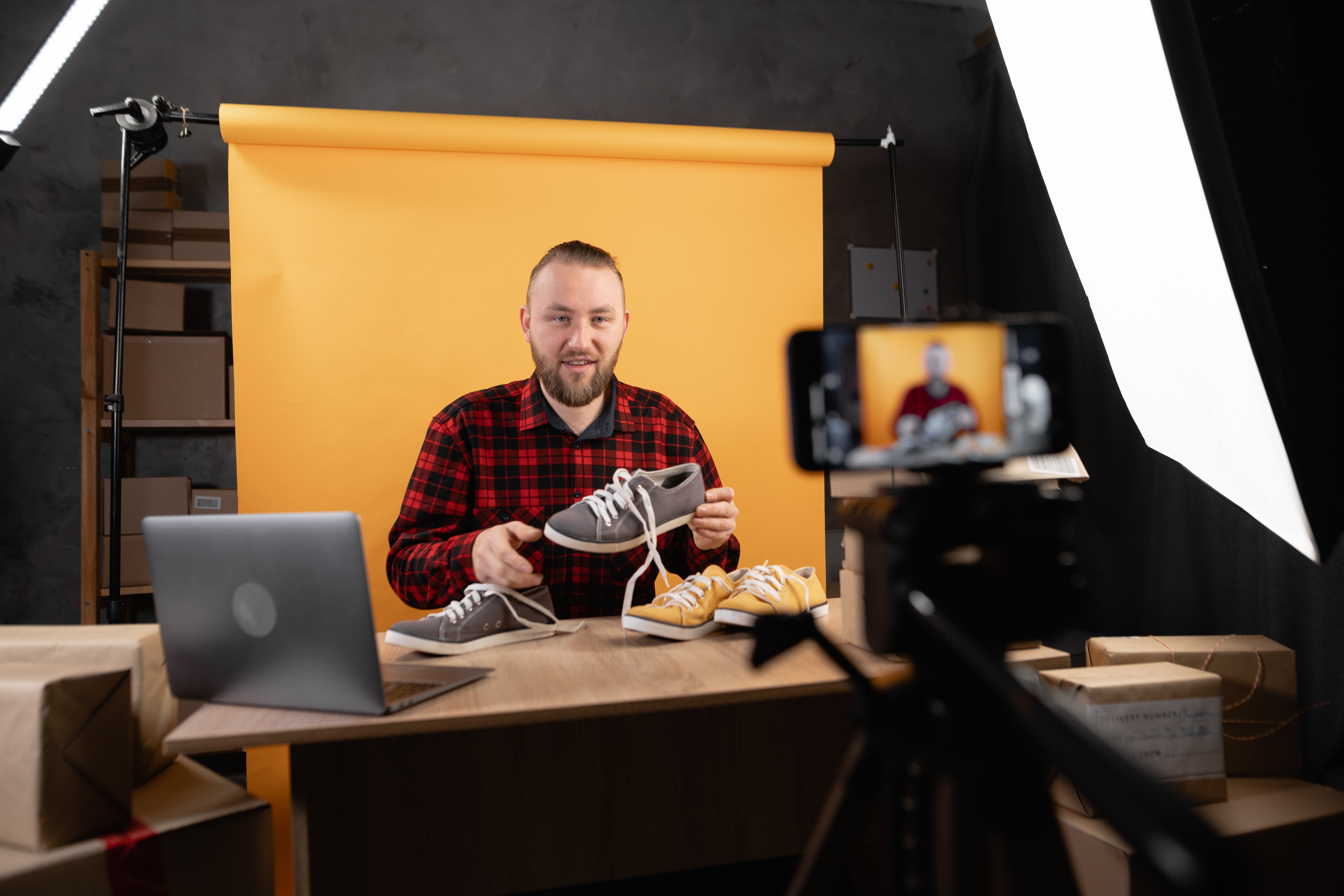
These days, video content is sometimes more relevant than text. As consumers continue to adopt a video-first approach to the internet, having critical information in video form — especially when leveraging social media as a primary marketing initiative — will determine overall success rates. Just like with old school internet marketing, you can still use SEO to boost traction for your social media posts.
However, your targeting behaviors are slightly different. Understanding how to tweak your target actions to gain traction is critical when you’re working within a closed ecosystem. While social media posts are technically still searchable through traditional internet search engines, that’s not a primary goal. Instead, the emphasis is on learning how to leverage a social media platform’s algorithm to boost visibility and ideally drive traffic.
What is Social Video SEO?
As the name implies, social video SEO is search engine optimization that is specific to social media. Rather than using a macro approach that prioritizes Google page rank, your efforts are micro with the ultimate goal of virality within one or more social media outlets (i.e. Instagram, TikTok, or Youtube).
To be clear, this would apply to Facebook too. However, Facebook is not exactly a video-first platform, so the focus for this article is on social media services that prioritize video content both in short and long-form.
Likewise, you can use video SEO strategies to maximize content placed on traditional websites and general search engine ranking initiatives. Yet when you look at the tactics across platforms or mediums, they’re the same — just altered for relevance based on the social media solution being used.

Key Social SEO Tactics to Try
Gaining leverage on social media to create viral content that’s sticky, gets shared, and builds engagements mimics the same core strategies that you would use for regular websites and search engine ranking. But the research required to find the right solutions must be catered to the social media platform you’re attempting to use. Keep in mind that these tactics are universal across social media sites.
Know Your Audience
Before you launch any marketing campaign or SEO strategy, you need to know your audience, where they spend their time, and what motivates them. This is even more important with social media, as different platforms cater to very specific demographics.
For example, Facebook — which was once the darling of young Millennials in the early aughts and 2010s — is now relegated as a platform for an older demographic that targets elder Millennials and up. Meanwhile, TikTok is the hot spot for music and brand discovery, and is the favored darling of Gen Z and younger Millennials. Yet, a site like LinkedIn crosses generations because it’s solely focused on business professionals. So, a brand targeting professionals or B2B customers would do well to focus on LinkedIn even if they’re targeting a younger demographic.
Take the time to do your homework. Create a customer persona and take the time to figure out where they spend their time and when they engage with social media. A caveat though — sometimes depending on the content you’re creating, you may find that a “Gen Z-focused” platform is still relevant even if you’re targeting an older demographic.
Optimize Your Profile
Even though it’s more likely that people will stumble upon your content before they reach your profile, you still need to ensure that your profile is relevant to your core subjects and the audience you’re trying to attract. Along with using related keywords in your profile description, consider including a location tag if your business relies heavily on local traffic.

Hashtags Matter
Social media platforms rely on internal search and their proprietary algorithms to help users find new content. Search will display anything related to the search terms entered. Meanwhile, the algorithm will usually display content of similar subjects to other posts a user has interacted with or earmarked as of interest to them.
To make sure that your content is sticky and gets in front of the right eyes and ears, you need to leverage the power of the hashtag. Just be mindful that long gone are the days of block posting a batch of 20 or more hashtags and being confident of gaining traction. These days, spamming the post description — or even the first comment of your post — with hashtags is a great way to have the algorithm suppress your content.
Instead, pay attention to posting recommendations that each platform outlines. For example, Instagram prefers that a post contain no more than five relevant hashtags. This means you need to choose wisely when selecting a hashtag. It should be relevant to the video topic, but also have a high enough related post count (i.e. how many other videos or posts are also using that hashtag on the platform) to ensure you’ll reach a larger audience.
A good rule of thumb is to avoid using hashtags with less than 1,000 related posts but not more than 1 million related posts. Too few posts means you might struggle to get views while hashtags with over 1 million related posts are so overused that it’s unlikely you’ll get enough traction from them unless you have a massive following.

Don’t Forget to Use Captions
Don’t assume that everyone who uses social media is fully able or is a native speaker of whatever language you’re using for your content. Meanwhile, some people have the audio set to mute by default on their social apps. Whatever the reason, this means that videos without captions create barriers for your audience.
Whether viewers in your audience are deaf, aren’t native English speakers, or simply don’t want their sound on while watching your video, they should still be able to understand what’s happening. Captions make your content more accessible. And these days, the big video social platforms all support automated captions. Of course, you’ll always want to double check that what’s being auto-detected accurately reflects what’s being said. Be sure to include keywords in your script as this helps with searchability when your video uses captions.
Tag Your Location
This tip is relevant for brands that rely on local audiences. Adding your location to the post ensures that it’s more likely to be discovered by consumers geographically close to you. Whether they live in the community or are simply visiting, this is a great way to boost local SEO juice for minimal effort.

Relevance Over Trends
It’s tempting to chase social media trends — especially since platforms like TikTok and Instagram reward viral content by lifting it through the algorithm. But don’t forget that you’re running a business. If a viral TikTok trend drives traffic to your profile, is it clear through other posts or even your profile description what your business does and how it’s relevant to consumers? Chasing viral fame that doesn’t directly link back to your brand can leave you with high post engagement that doesn’t translate to boosting revenue.

Plan for Success
Whether you’re ready for it or not, video content is here to stay as the dominant option for social media. With that in mind, you need to make sure that any content you post is optimized to drive relevant engagement. Additionally, while posting on your social accounts is helpful, be sure that you’ve optimized your total lead generation funnel and are prepared to connect with consumers on and off the platform if need be to transition them from users to customers. If you need help getting your social media strategy off the ground, The Creative Momentum has seasoned experts with a track record of success to help you create not just quality content, but also optimize it for maximum visibility.

